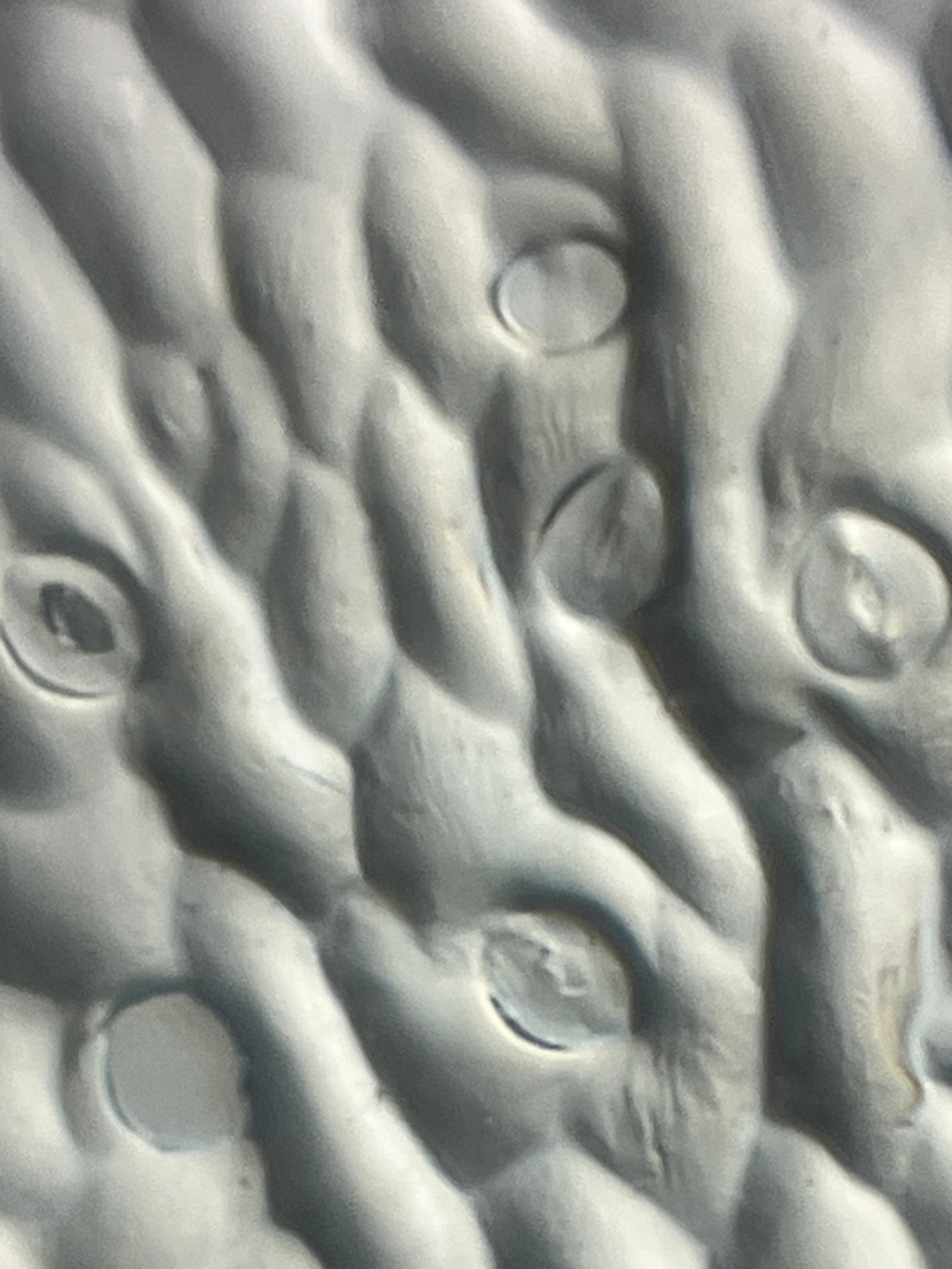I have often wondered about the differences between baking soda and baking powder. As anyone who has accidentally mixed them up when baking knows, they are not the same ingredient! But they are both composed of the same chemical - sodium bicarbonate (or NaHCO₃), so what is it that makes them act so differently in recipes? And is it possible to see that difference with a Foldscope? Let’s find out by taking a closer look at baking soda and baking powder.
What are baking soda and baking powder used for?
Baking soda and baking powder are leavening agents (things that give food a light, fluffy texture) for baked goods. So, if there is something that you are baking and you want it to rise (due to the production of carbon dioxide, CO2), then you have to use one of these two ingredients in your recipe. But how do you know which one?
Baking soda is pure NaHCO₃ and will form CO2 bubbles in the presence of an acid (like vinegar, lemon juice, or buttermilk). Therefore, if your recipe calls for an acidic ingredient, then you will use baking soda. Baking powder is made of NaHCO₃, corn starch, and cream of tartar (an acid). Because it already has an acid incorporated into it, baking powder will form CO2 bubbles in the presence of water and heat. Recipes that don’t have an acidic ingredient in them will use baking powder to make the food rise.

What does baking soda look like under a Foldscope?
Baking soda is made only of NaHCO₃ and the crystals were fairly consistent in general shape and color under my Foldscope. The sizes of the crystals did vary a bit, but that was due to some of them physically breaking either from jostling around in the box or being compressed by the clear sticker I placed on top of the sample on the slide.

In addition to observing the crystals under traditional brightfield conditions, I wanted to see how they looked under darkfield conditions. To do this, I shifted the LED light slightly to the side so that the light hit the sample at an angle. It was so interesting to watch the crystals go from clear and translucent to appearing white and opaque against the dark background.

What does baking powder look like under a Foldscope?
Baking powder, a mixture of NaHCO₃, corn starch, and cream of tartar, looked very different from the baking soda under my Foldscope. The NaHCO₃ crystals appeared to be buried in piles of smaller particles. The smaller particles of corn starch and cream of tartar had slight variations in opacity (some areas were darker than others) which could have been due to the thickness of the sample.

The darkfield images of the baking powder made it easier to see the NaHCO₃ crystals at the zoomed in magnification - they appeared white against the gray color of the corn starch and cream of tartar. I was surprised that I did not see much of a difference between brightfield and darkfield at the 140X magnification level. Perhaps it had to do with the amount of powder on the slide? (I’ll save this line of questioning for a future Foldscope Explores… Blog!)

Even though I had read about the chemical differences between baking soda and baking powder, it wasn’t until I observed them under my Foldscope that I better understood the difference. I love how the microscopic world can provide insights into what is happening in the macroscopic world! The next time a recipe calls for baking powder, I will reflect back on the image of the baking soda crystals nestled in a powdery bed of corn starch and cream of tartar waiting for the water and heat to begin the chemical reaction that will form CO2, causing my baked goods to rise to perfection.

What did these images make you think of? Take a look at baking soda and baking powder under a Foldscope. Do your images look the same or are they different? What do you think that means? Share your microscopic images and thoughts on the Microcosmos. Be sure to tag us on social media when you post the results of your explorations, creations, and discoveries! We love to see how Foldscopers around the world are using their Foldscopes in new and innovative ways!
Facebook: @Foldscope
Twitter: @TeamFoldscope
Instagram: @teamfoldscope
Sources:
https://www.toppr.com/guides/chemistry/differences-between-baking-soda-and-baking-powder/
https://www.foodnetwork.com/how-to/packages/food-network-essentials/baking-powder-vs-baking-soda-whats-the-difference



